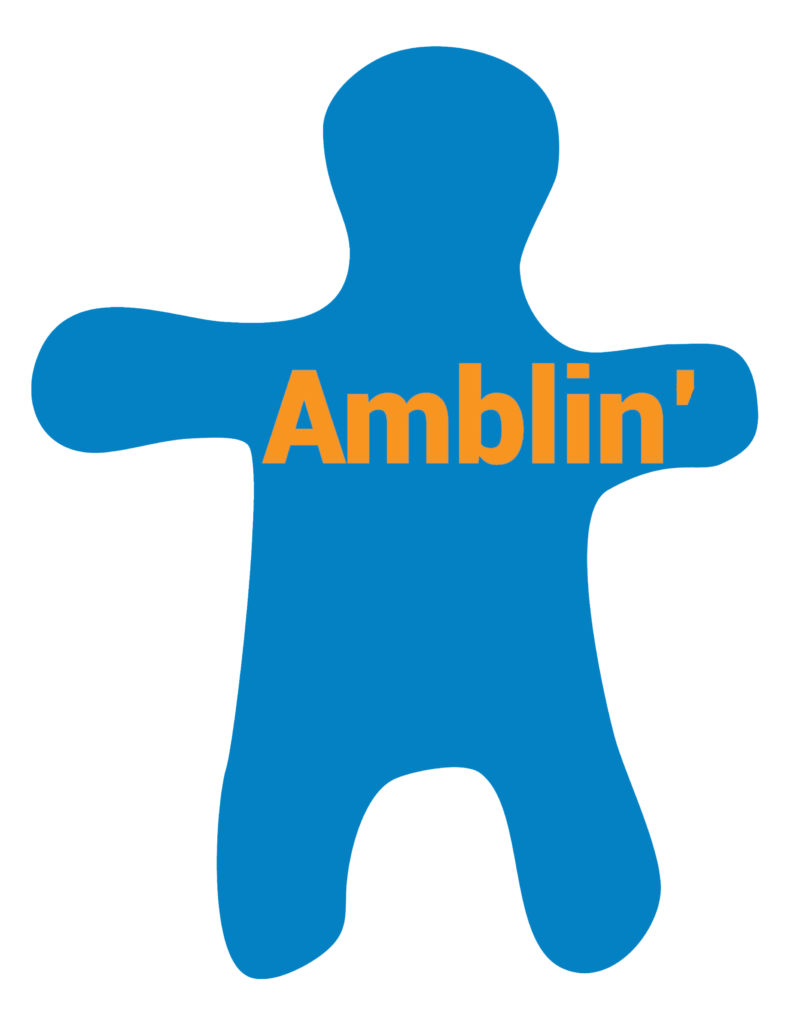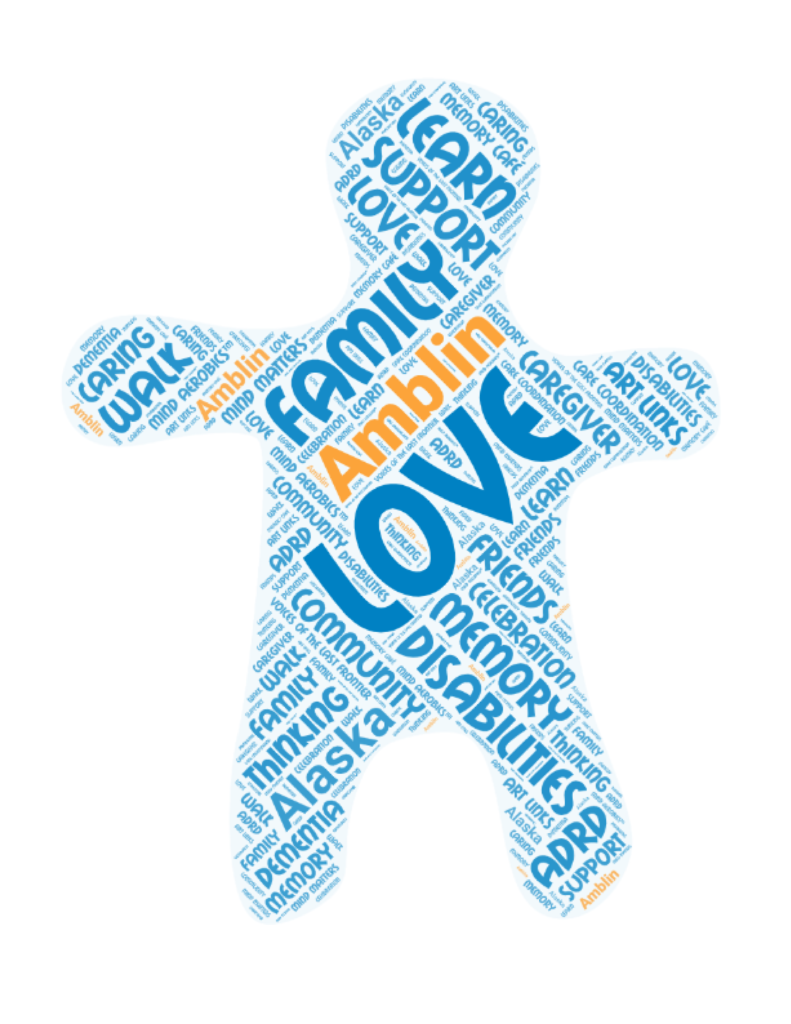Related Dementia
Dementia is the loss of mental function in two or more areas such as language, memory, or judgment severe enough to interfere with daily life. Dementia itself is not a disease but a broader set of symptoms that accompanies certain disease or physical conditions.
Well-known diseases that cause dementia include Alzheimer’s disease, Multi-infarct dementia, Parkinson’s, Huntington’s, Creutzfeldt-Jakob, Pick’s and Lewy body dementia. Other physical conditions may cause or mimic dementia such as depression, brain tumors, head injuries, nutritional deficiencies, hydrocephalus, infections (AIDS, meningitis, syphilis), drug reactions, and thyroid problems.
Individuals experiencing dementia-like symptoms should undergo diagnostic testing as soon as possible. An early and accurate diagnosis helps to identify reversible conditions and gives people a greater chance of benefiting from existing treatments.
Multi-Infarct Dementia
Multi-infarct dementia or vascular dementia is a deterioration of mental capacity caused by multiple strokes (infarcts) in the brain. These events may be described as ministrokes, where small blood vessels in the brain become blocked by blood clots, causing the destruction of brain tissue. The onset of MID may seem relatively sudden, as it may take several strokes for symptoms to appear.
These strokes may damage areas of the brain responsible for a specific function as well as produce general symptoms of dementia. As a result, MID is sometimes misdiagnosed as Alzheimer’s disease. MID is not reversible or curable, but detection of high blood pressure and other vascular risk factors can lead to a specific treatment that may modify MID progression.
For more information on Multi-infarct dementia, click here.
Parkinson’s Disease
Parkinson’s is a disease affecting control of muscle activity, resulting in tremors, stiffness and speech impediment. In late stages, dementia can occur including Alzheimer’s disease. Parkinson drugs can improve steadiness and control but have no effect on mental deterioration.
For more information on Parkinson’s disease, click here.
Huntington’s disease
Huntington’s is a hereditary disorder characterized by irregular movements of the limbs and facial muscles, a decline in thinking ability and personality changes. In contrast to Alzheimer’s, Huntington’s can be positively diagnosed and its movement disorders and psychiatric symptoms controlled with drugs. The progressive nature of the disease cannot be stopped.
For more information on Huntington’s disease, click here.
Lewy body disease
Lewy body disease has only been recognized in recent years. Its symptoms are a combination of Alzheimer’s disease and Parkinson’s disease. Usually, dementia symptoms are initially present followed by the abnormal movements associated with Parkinson’s. There is no treatment currently available.
For more information on Lewy body dementia, click here.
Pick’s disease
Pick’s disease is a rare brain disease characterized by shrinkage of the tissues of the frontal and temporal lobes of the brain and by the presence of abnormal bodies in the nerve cells of the affected areas of the brain. It closely resembles Alzheimer’s with personality changes and disorientating that may precede memory loss. As with Alzheimer’s, diagnosis is difficult and can only be confirmed by autopsy.
For more information on Pick’s disease, click here.
Normal Pressure Hydrocephalus
Normal Pressure Hydrocephalus is a rare disease caused by an obstruction in the flow of spinal fluid. Symptoms include difficulty in walking, memory loss and incontinence. NPH may be related to a history of meningitis, encephalitis or brain injury. It is often corrected with surgery.
For more information about normal pressure hydrocephalus, click here.
Creutzfeldt-Jakob disease
Creutzfeldt-Jakob disease is a rare, fatal brain disease caused by infection. Symptoms are failing memory, changes in behavior and lack of muscular coordination. CJD progresses rapidly, usually causing death within a year. No treatment is currently available.
For more information, click here.
 Make a Payment
Make a Payment



